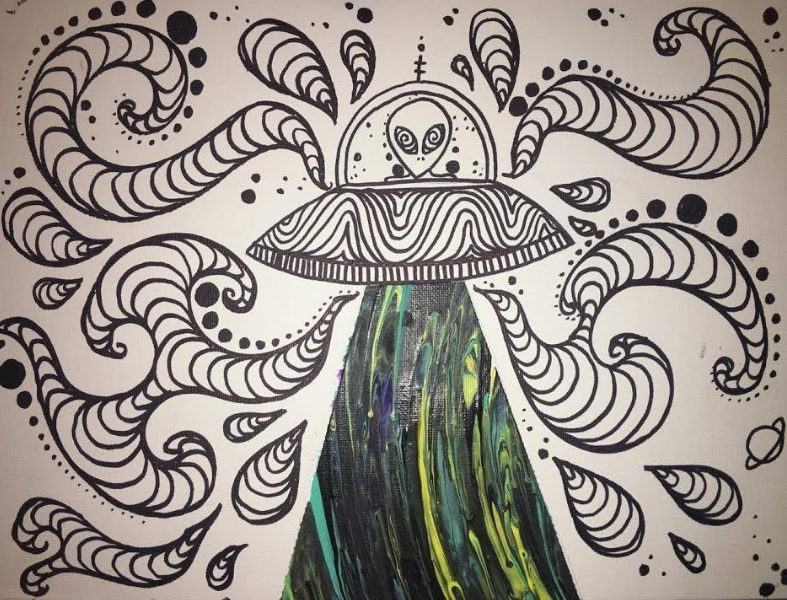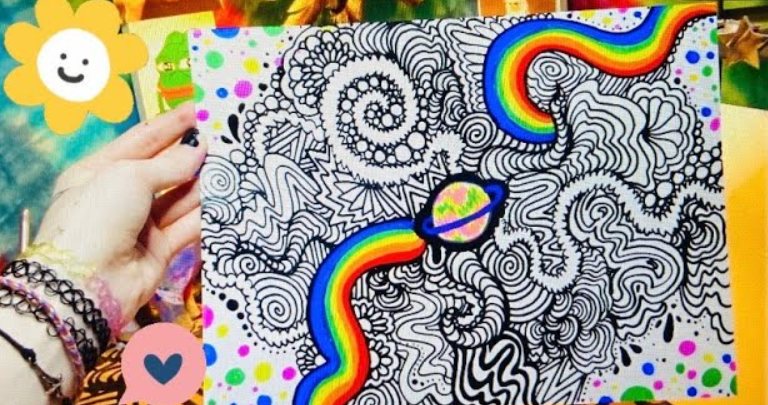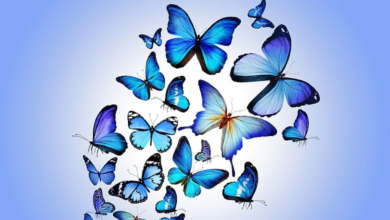
Aesthetic:_Bf8ggy_B2e= Trippy Drawings
The phenomenon of Aesthetic:_Bf8ggy_B2e= Trippy Drawings represents a significant intersection of art and psychology, where vivid colors and abstract forms serve not only aesthetic purposes but also invite profound contemplation. This genre, with roots in surrealism, challenges our perceptions and encourages a dialogue about self-exploration and cultural identity. As we consider the visual elements that define this art form and the artists who shape its narrative, one must ponder the deeper implications of such creative expressions on contemporary society. What might these intricate designs reveal about our collective consciousness?
Understanding Trippy Art
Exploring the nuances of trippy art reveals a fascinating intersection of perception, emotion, and the subconscious mind.

This genre often mirrors psychedelic experiences, challenging conventional visual perception through vibrant colors and distorted forms. It invites viewers to transcend ordinary reality, stimulating introspection and personal freedom.
Read also: Aesthetic:_4djwtmdnti= Butterfly Wallpaper
Elements of Aesthetic Design
The interplay of color, form, and texture coalesces to create the captivating aesthetic of trippy drawings, where each element serves a distinct purpose in enhancing the viewer’s experience.
Employing color theory and pattern repetition fosters visual harmony, eliciting emotional responses.
Shape dynamics induce perception shifts, allowing the observer to navigate a multidimensional landscape that transcends conventional artistic boundaries, inviting exploration and freedom.
Read also: Beautiful:_Yr4pdmjkco= Uruguay
Popular Artists and Styles
Trippy drawings have garnered a diverse array of artists, each contributing unique styles that reflect the movement’s expansive nature.
Many draw upon surreal influences, merging dreamlike elements with vivid, psychedelic patterns that captivate the imagination.
Artists like Alex Grey and H.R. Giger exemplify this fusion, creating intricate works that invite viewers to explore the depths of consciousness and the vividly surreal.
Impact on Modern Culture
The influence of trippy drawings extends far beyond the canvas, permeating various facets of modern culture.
These artworks encapsulate the psychedelic experience, serving as a visual language that challenges conventional perceptions. They embody cultural symbolism, reflecting the quest for freedom and self-exploration in contemporary society.
Their vibrant motifs inspire movements in fashion, music, and mental health, promoting a deeper connection to consciousness and creativity.
Conclusion
The exploration of trippy drawings reveals a profound intersection between artistic expression and psychological experience. These artworks, characterized by their vivid colors and distorted forms, not only challenge conventional perceptions but also resonate with contemporary culture’s desire for self-exploration. Notably, a 2021 survey indicated that over 70% of millennials engage with psychedelic art as a means of personal reflection. This statistic underscores the significant role of trippy art in fostering a deeper connection to consciousness, creativity, and cultural identity.




